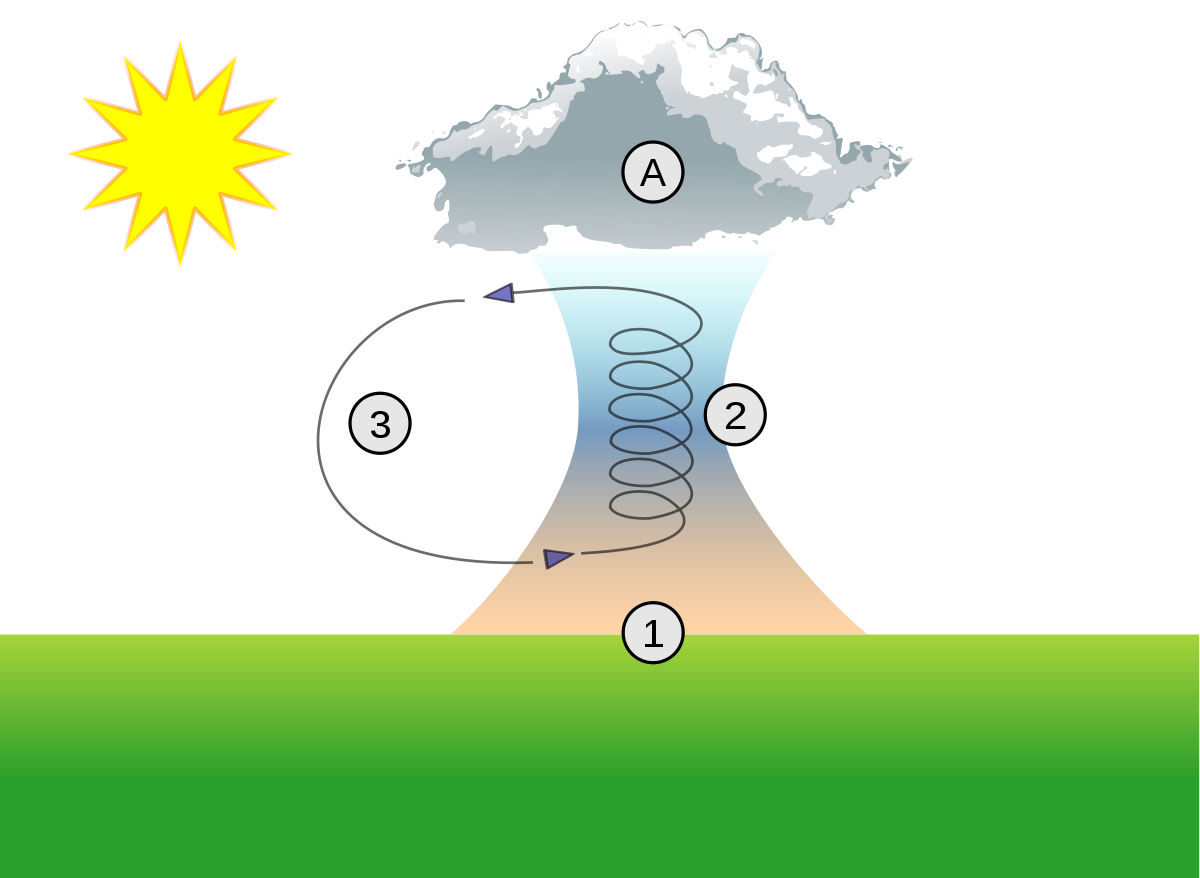@Don Guillette
Thanks for starting this thread, interesting topic.
As I read the various posts I note that some of the various “tricks” are also useful in any wind strength. Calm - minimal steering, keep the wind attached to the sail through subtle trim changes, build apparent wind and keep it etc. are all things that make a sail propelled vessel GO.
Most of my “sailing” experience comes from windsurfing and smaller <25ft boats so I don’t presume to have any opinion on bigger boats other than the assumption that if the management of the vessel is conducted “smoothly” it will GO.
In windsurfing - windfoiling where your body is integral in getting it to GO - smooth, precise sailors will always outperform those who try to force it to happen. Now that I boat more than I windsurf I try to use a subtle technique whenever possible.
Thanks all for sharing your “secret recipes”
Thanks for starting this thread, interesting topic.
As I read the various posts I note that some of the various “tricks” are also useful in any wind strength. Calm - minimal steering, keep the wind attached to the sail through subtle trim changes, build apparent wind and keep it etc. are all things that make a sail propelled vessel GO.
Most of my “sailing” experience comes from windsurfing and smaller <25ft boats so I don’t presume to have any opinion on bigger boats other than the assumption that if the management of the vessel is conducted “smoothly” it will GO.
In windsurfing - windfoiling where your body is integral in getting it to GO - smooth, precise sailors will always outperform those who try to force it to happen. Now that I boat more than I windsurf I try to use a subtle technique whenever possible.
Thanks all for sharing your “secret recipes”




